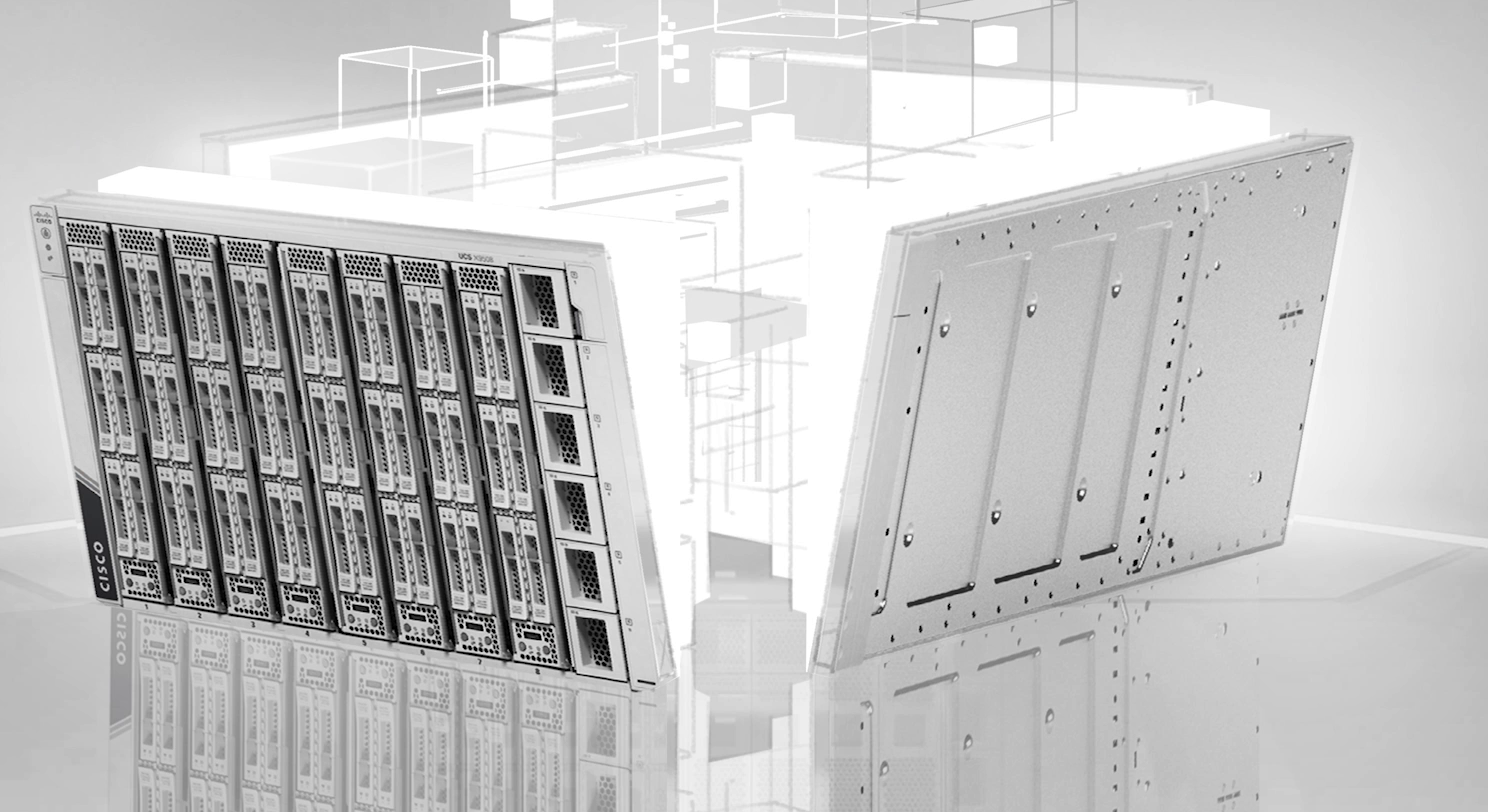- I tested a Pixel Tablet without any Google apps, and it's more private than even my iPad
- My search for the best MacBook docking station is over. This one can power it all
- This $500 Motorola proves you don't need to spend more on flagship phones
- Finally, budget wireless earbuds that I wouldn't mind putting my AirPods away for
- I replaced my Linux system with this $200 Windows mini PC - and it left me impressed
Cisco UCS X-Series – 100G Unified Fabric for storage

Since the beginning, one of the key differentiators for Cisco UCS has been Unified Fabric. The ability to have a network adapter (VIC) and Fabric Interconnect support data, storage, and management traffic. This provides a simpler environment for server I/O needing fewer adapters, cables, and switches. Additionally, we have supported appliance ports on our Fabric Interconnects since the first generation. An appliance port allows you to directly connect to Ethernet storage without needing an additional switch. The Fabric Interconnect can replace multiple Ethernet and Fibre Channel switches which has both a TCO and sustainability impact (fewer things to buy, dispose of, power, cool, and maintain).
Maximize performance and efficiency with virtual networking
A vNIC is a virtualized network interface that is configured on a physical VIC adapter and appears to be a physical NIC to the operating system of the server. A vHBA similarly is a virtualized host bus adapter for Fibre Channel storage that also uses a VIC. A single physical adapter can be carved up into many virtual adapters. Why would you want to do this? Not every application needs 100G of bandwidth itself. But with virtualization, having a lot of I/O bandwidth brings advantages. A single physical VIC can be carved up into many virtual adapters. I might have four 10G Ethernet vNICs and two 16G Fibre Channel vHBAs and not even be at my maximum bandwidth. You get to decide how many of which types of virtual adapters best meet your needs. Each virtual adapter can also have its own QoS so you can prioritize the traffic flows. This allows you to oversubscribe the actual physical bandwidth (e.g. 2x25G Eth + 2x32G FC) with less impact.
Unified Fabric in action
In the first video, we will see a UCS X210c Compute Node using vHBAs to talk to a Fibre Channel storage array. With multiple 32G FC connections, we’ll achieve almost full line rate of 100G performance. And since not all storage speaks Fibre Channel, in the second video we’ll see NFS over Ethernet with vNICs achieve maximum performance.
In the videos, we are using the open-source Flexible I/O tester (FIO) written by Jens Axboe. FIO is a flexible testing / benchmarking suite for storage.
Wrapping up
Only Cisco unifies networking and computing in a way that works for both server and network admins. We provide scale, aggregation, and manageability in a way that simplifies operations for IT. Unified Fabric provides both CapEx (fewer adapters, switches, and cables) and OpEx (power & cooling reductions and less time spent managing the hardware) benefits that help your company.
As networking speeds increase, the modularity and future proofing of X-Series becomes even more important. We launched X-Series with 25G 4th Gen Unified Fabric. Now it is 100G 5th Gen. With no midplane, the X9508 Chassis and X-Series are ready to evolve to 400G and beyond .
What’s next
Come back next week for the first of two blogs on Converged Infrastructure.
Resources
Share:

